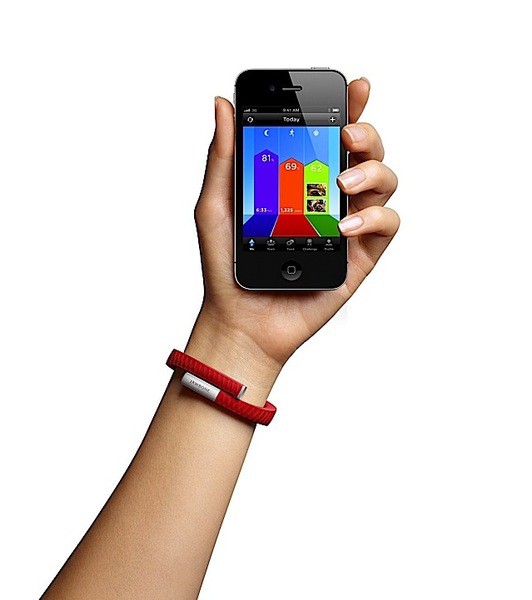 It seems that every time researchers estimate how often a medical mistake contributes to a hospital patient’s death, the numbers come out worse.
It seems that every time researchers estimate how often a medical mistake contributes to a hospital patient’s death, the numbers come out worse.
In 1999, the Institute of Medicine published the famous “To Err Is Human” report, which dropped a bombshell on the medical community by reporting that up to 98,000 people a year die because of mistakes in hospitals. The number was initially disputed, but is now widely accepted by doctors and hospital officials — and quoted ubiquitously in the media.
In 2010, the Office of Inspector General for the Department of Health and Human Services said that bad hospital care contributed to the deaths of 180,000 patients in Medicare alone in a given year.
Now comes a of the Journal of Patient Safety that says the numbers may be much higher — between each year who go to the hospital for care suffer some type of preventable harm that contributes to their death.
That would make medical errors the, behind heart disease, which is the first, and cancer, which is second.
The new estimates were developed by John T. James, a ‘s space center in Houston who runs an advocacy organization called . James has also about the death of his 19-year-old son after what James maintains was negligent hospital care.
Asked about the higher estimates, a spokesman for the American Hospital Association said the group has more confidence in the IOM’s estimate of 98,000 deaths. ProPublica asked three prominent patient safety researchers to review James’ study, however, and all said his methods and findings were credible.
What’s the right number? Nobody knows for sure. There’s never been an actual count of how many patients experience preventable harm. So we’re left with approximations, which are imperfect in part because of inaccuracies in medical records and the reluctance of some providers to report mistakes.
Patient safety experts say measuring the problem is nonetheless important because estimates bring awareness and research dollars to a major public health problem that persists despite decades of improvement efforts.
“We need to get a sense of the magnitude of this,” James said in an interview.
James based his estimates on the findings of four recent studies that identified preventable harm suffered by patients — known as “adverse events” in the medical vernacular — using use a screening method called the , which guides reviewers through medical records, searching for signs of infection, injury or error. Medical records flagged during the initial screening are reviewed by a doctor, who determines the extent of the harm.
In the four studies, which examined records of more than 4,200 patients hospitalized between 2002 and 2008, researchers found serious adverse events in as many as 21 percent of cases reviewed and rates of lethal adverse events as high as 1.4 percent of cases.
By combining the findings and extrapolating across 34 million hospitalizations in 2007, James concluded that preventable errors contribute to the hospital patients annually.
That is the baseline. The actual number more than doubles, James reasoned, because the trigger tool doesn’t catch errors in which treatment should have been provided but wasn’t, because it’s known that medical records are missing some evidence of harm, and because diagnostic errors aren’t captured.
An estimate of 440,000 deaths from care in hospitals “is roughly one-sixth of all deaths that occur in the United States each year,” James wrote in his study. He also cited other research that’s shown hospital reporting systems and peer-review capture only a fraction of patient harm or negligent care.
“Perhaps it is time for a national patient bill of rights for hospitalized patients,” James wrote. “All evidence points to the need for much more patient involvement in identifying harmful events and participating in rigorous follow-up investigations to identify root causes.”
Dr. Lucian Leape, a Harvard pediatrician who is referred to the was on the committee that wrote the “To Err Is Human” report. He told ProPublica that he has confidence in the four studies and the estimate by James.
Members of the Institute of Medicine committee knew at the time that their estimate of medical errors was low, he said. “It was based on a rather crude method compared to what we do now,” Leape said. Plus, medicine has become much more complex in recent decades, which leads to more mistakes, he said.
Dr. David Classen, one of of the Global Trigger Tool, said the James study is a sound use of the tool and a “great contribution.” He said it’s important to update the numbers from the “To Err Is Human” report because in addition to the obvious suffering, preventable harm leads to enormous financial costs.
Dr. Marty Makary, a surgeon at Johns Hopkins Hospital whose book Unaccountable calls for greater transparency in health care, said the James estimate shows that eliminating medical errors must become a national priority. He said it’s also important to increase the awareness of the potential of unintended consequences when doctors perform procedure and tests. The risk of harm needs to be factored into conversations with patients, he said.
Leape, Classen and Makary all said it’s time to stop citing the 98,000 number.
Still, hospital association spokesman Akin Demehin said the group is sticking with the Institute of Medicine’s estimate. Demehin said the IOM figure is based on a larger sampling of medical charts and that there’s no consensus the Global Trigger Tool can be used to make a nationwide estimate. He said the tool is better suited for use in individual hospitals.
The AHA is not attempting to come up with its own estimate, Demehin said.
Dr. David Mayer, vice president of quality and safety at Maryland-based , said people can make arguments about how many patient deaths are hastened by poor hospital care, but that’s not really the point. All the estimates, even on the low end, expose a crisis, he said.
“Way too many people are being harmed by unintentional medical error,” Mayer said, “and it needs to be corrected.”
Source: http://www.npr.org/blogs/health/2013/09/20/224507654/how-many-die-from-medical-mistakes-in-u-s-hospitals
 A 5-year-old Long Island girl is credited with saving her mother’s life.
A 5-year-old Long Island girl is credited with saving her mother’s life.

 I
I A 3-year-old girl died after she was caught inside a sofa bed where she and another child were sleeping in their Harlem home Sunday, police said.
A 3-year-old girl died after she was caught inside a sofa bed where she and another child were sleeping in their Harlem home Sunday, police said.


 It seems that every time researchers estimate how often a medical mistake contributes to a hospital patient’s death, the numbers come out worse.
It seems that every time researchers estimate how often a medical mistake contributes to a hospital patient’s death, the numbers come out worse. The babies were born at a private hospital in Bihar’s Nawada district. Janakai Prajapati gave birth to four children at Sultania Hospital on Thursday late night. Hospital superintendent Dr Sudha Chaurasia told that the delivery was done in seven-and-a-half months, therefore, the children are weak but stable.
The babies were born at a private hospital in Bihar’s Nawada district. Janakai Prajapati gave birth to four children at Sultania Hospital on Thursday late night. Hospital superintendent Dr Sudha Chaurasia told that the delivery was done in seven-and-a-half months, therefore, the children are weak but stable.